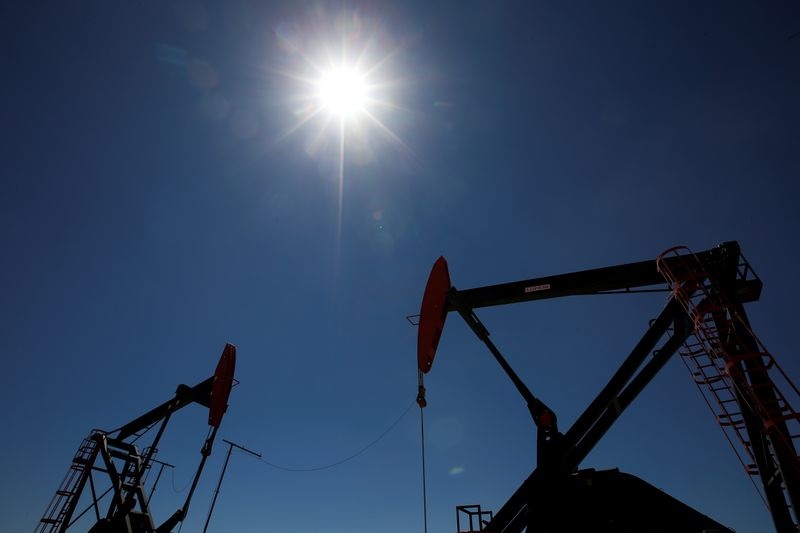By Peter Nurse
Investing.com -- Oil prices weakened again Thursday as geopolitical tensions in eastern Europe eased while rising numbers of COVID-19 cases in China risked hitting economic activity in the world's largest crude importer.
By 10:00 ET (15:00 GMT), U.S. crude futures traded 2.3% lower at $83.61 a barrel, while the Brent contract fell 1.4% to $91.55, testing three-week lows.
China reported over 20,000 daily new cases this week, its highest rise in roughly seven months, making health authorities reluctant to review its strict zero-COVID policy which has slowed the country’s economic recovery.
The world's second-biggest economy saw an unexpected contraction in exports and imports in October, the first simultaneous slump since May 2020, and earlier this week, influential investment bank JPMorgan cut its forecasts for Chinese economic growth, citing the country’s ongoing COVID-19 restrictions.
The market had seen prices rise early Wednesday after a missile crashed into NATO member Poland’s territory, near the Ukraine border, raising fears that the war between Ukraine and Russia was set to escalate.
However, tensions have been eased after NATO officials stated that the missile was probably fired by Ukraine's air defenses by mistake, and thus not a deliberate move by Russia.
Elsewhere, data released Wednesday from the Energy Information Administration showed that crude stocks in the United States, the world's biggest oil consumer, fell by 5.4 million barrels last week.
“When accounting for SPR releases, the decline in inventory was even more significant. Total U.S. crude oil inventories fell by 9.5MMbbls over the week,” said analysts at ING, in a note. “The larger-than-expected drawdown was partly driven by weaker crude oil imports which fell by 895Mbbls/d over the week.”
However, inventories of gasoline and distillate fuels both rose by more than expected, leaving an unclear picture.
Still the supply picture remains very tight, and looks set to remain so with the long-awaited sanctions and price cap on Russian oil slated to go into effect in just a few weeks, on Dec. 5.
The sanctions, which apply to G7 countries and companies, largely prohibit the importation of Russian crude oil and petroleum products, while the price cap is designed to lower prices, denying Russian President Vladimir Putin the revenue he needs to wage war in Ukraine.
Additionally, U.S. shale oil production is struggling to pick up the slack.
John Hess, CEO of Hess Corp (NYSE:HES), said earlier Thursday that U.S. oil production will hit around 13 million barrels per day in the next few years and then plateau, as shale oil output is slowing due to investor pressure to focus on returns over growth, inflation and inventory depletion.
The Organization of the Petroleum Exporting Countries is "back in the driver's seat" as the top swing producer, he added.
